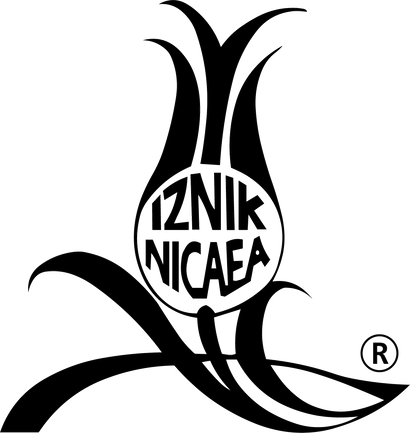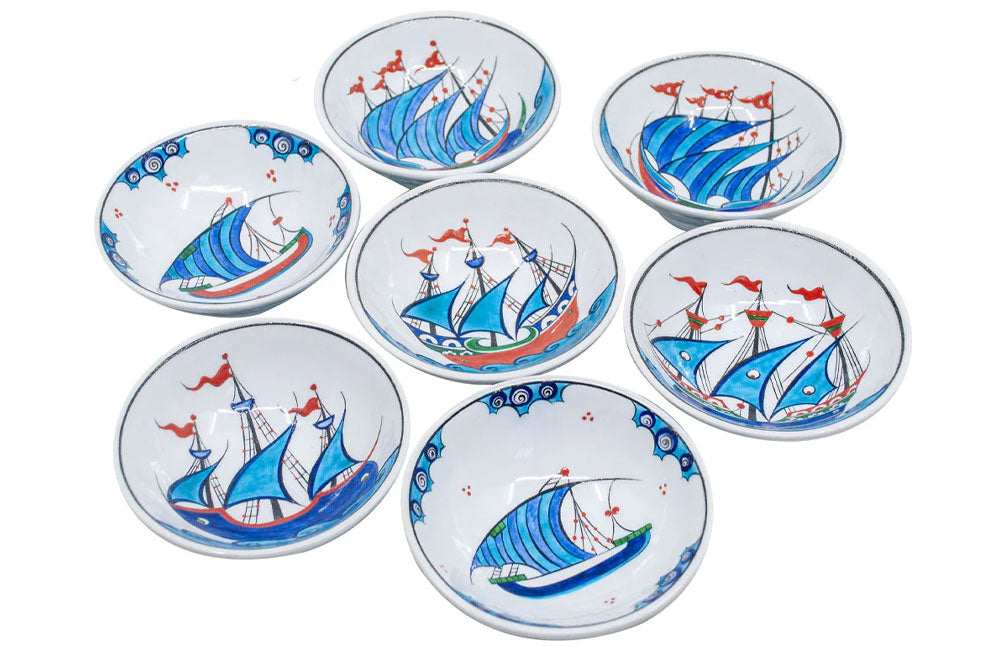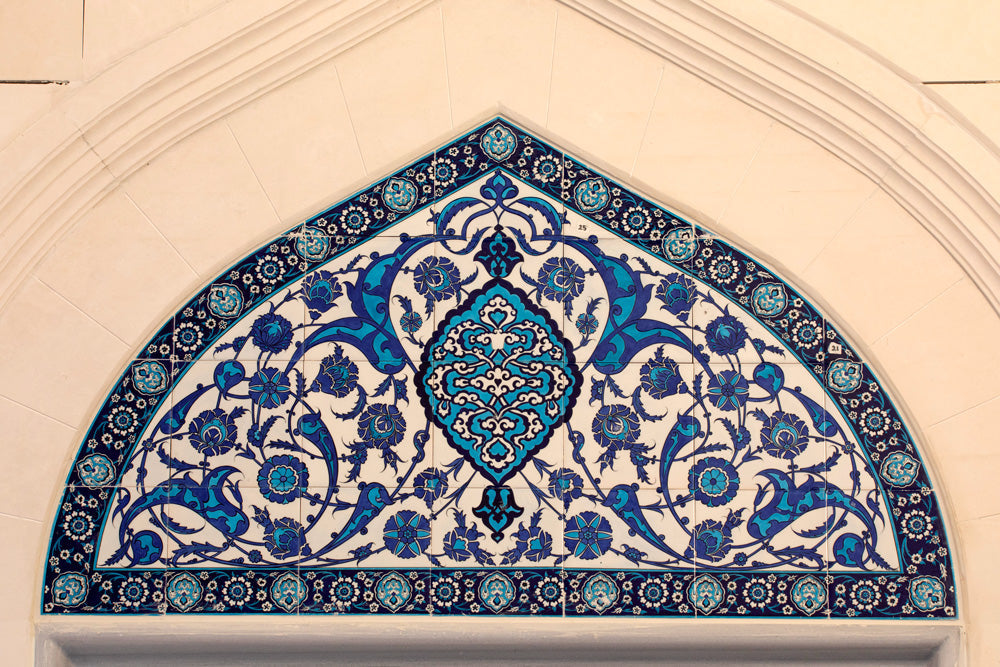Welcome to Iznik tile world
Welcome to Iznik tile world
Iznik Tile Master, Artist Mehmet Gürsoy
February 01, 2017 2 min read

Prof. Dr. Çiçek DERMAN
It was in August 1983 that I first met Kütahya with the task and met with tile masters. At the Kütahya Fine Arts Gallery with the support of the late Aydin Bolak Bey, under the protection of Türkpetrol Foundation, with Inci A. Birol we managed the course of tile patterns. This course, which was prepared as a development course to support the development of Kütahya tile and which is open to all the tile workshop staff in Kütahya, had seen intense demand.Previously, the Vehbi Koç Foundation Science, Art and Literature Gifts were organized in 1975 as an art course, a curriculum and a competition. The subject dealt with in the field of art was the development of Turkish tile art. This course, conducted by Muhsin Demironat, retired from the Academy of Fine Arts, lasted for two months and was limited to 40 people.Here is this young man Mehmet Gürsoy, who took Muhsin Demironat's favor from our court, and shaped and matured his talent in his creation.Gürsoy, who devoted himself to the art of tile art, not only his heart but his life also gave this artata, and in a moment of great conversation to the will of God and his teacher, he quickly climbed success stairs and reached to his goal. Because without love, success in the art can not be achieved.
After three years of our course in 1983, the 1st International Turkish Tile and Ceramics Congress was held in Kütahya on July 6-11, 1986. "Çini Competition" was held in the congress, which was prepared with the idea of owning traditional Turkish tile art. I was also invited as a member of the jury that was set up to reward the works that will participate in this competition. We welcomed the invitation and went to Kutahya with Uğur Derman and we were guests at Ilıca Harlek Hotel for four nights. At this time, I met the young tile master Mehmet Gürsoy. Mehmet Bey, who is in search of enthusiastic and new designs, has taken the traditional tile compositions based on him and paid attention with his new interpretations. As a matter of fact, it was proved to us by the works which the jurors offered, first place in the vase and plate category, second place in the tile panel, and to be the rare master of this art in the future. At this time, we are always pleased to see that he has always had strength from tradition and has successfully maintained the "tradition + future" connection when preparing his works with his new interpretations in his workshop.
We congratulated him at the ceremony when he was awarded the "Living Human Treasures" prize by UNESCO in 2009. Our artist, who played an important role in reviving Iznik tile with his works, is one of the few successors of this classical Turkish art today. I wish for a healthy and more beautiful years, share their experiences to young art students and produce beautiful works of art.
Prof. Dr. Çiçek DERMAN ( Marmara University - Faculty of Fine Arts Lecturer and Tezhip Artist )
Also in News
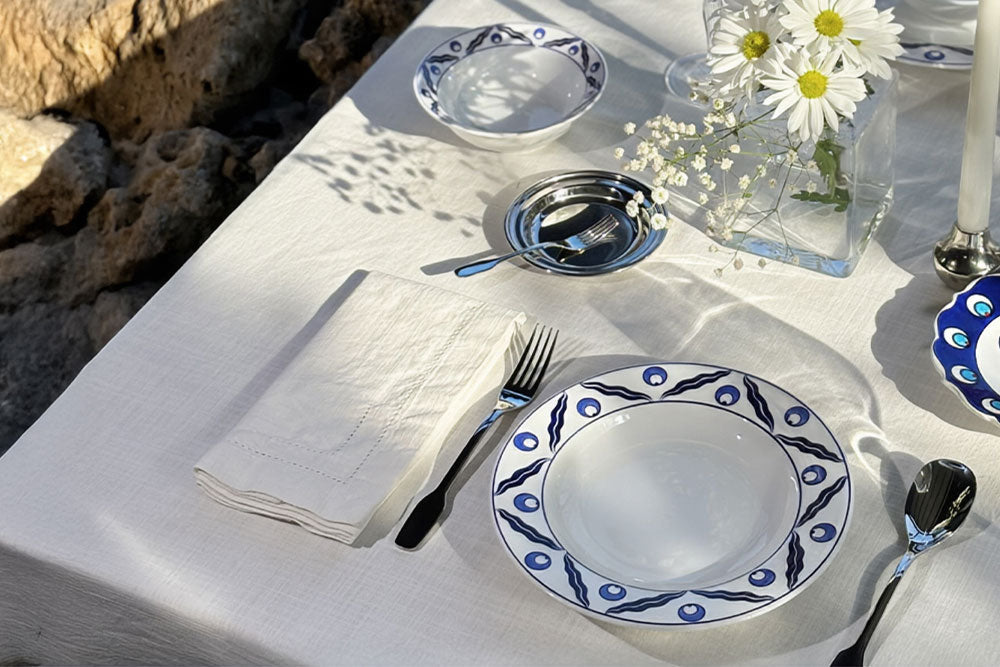
Rediscovering Timeless Beauty: Handcrafted Iznik Ceramic Dinnerware for the Modern Table
April 08, 2025 2 min read
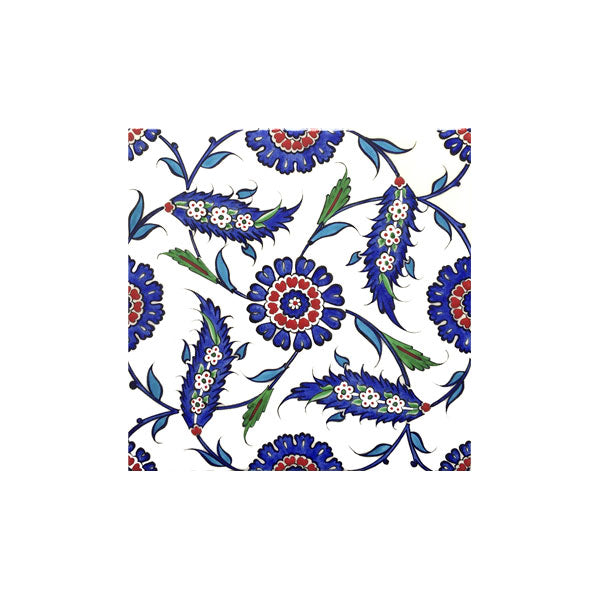
Thank you for being here!
Join us to discover the latest in Iznik tiles, enjoy special offers, and celebrate the beauty of Turkish artistry together.
